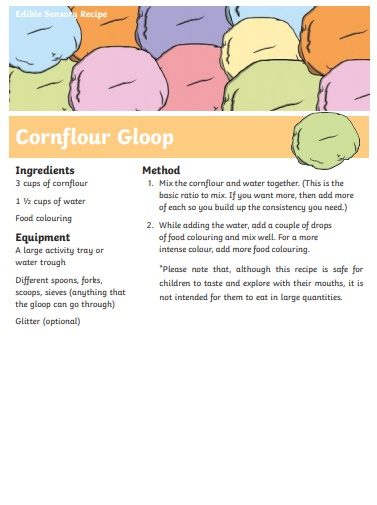Proprioceptive and Vestibular Input
Proprioception is the sense of where your body is in space and this information is transferred through muscles, joints and bones. Children that have difficulty in this area will often have some of the following symptoms:
-need tight hugs to calm down, or the opposite and avoid hugs and closeness
-seek out movement activities like jumping and climbing
-appear clumsy and accident prone – stubbing toes, bumping into walls and doors, tripping over feet
-enjoys rough housing and wrestling play
The vestibular system helps with balance, feeling the direction and speed of movement and remaining upright against the pull of gravity. Some children may exhibit these symptoms if they have problems with their vestibular system:
-poor postural control (falls from chairs frequently)
-poor eye / hand or eye / foot coordination
-may feel insecure in movement (may dislike coming down stairs)
-seeks out intense movement like running, swinging, spinning (doesn’t get dizzy easily)
-often suffers from motion sickness, doesn’t enjoy spinning or quick movements or being held up in the air or upside down.
-often suffers from motion sickness, doesn’t enjoy spinning or quick movements or being held up in the air or upside down.
Activites to help
1 “Hot dog” game, where the child lies across the end of a blanket and is rolled (ends up in rolled up blanket)
2 Carry heavy items (baskets with cardboard blocks, laundry, bag for teacher, etc.)
3 Tug of war
-
- with help if needed, pull a blanket backwards and forwards between you while standing or sitting – singing row your boat.
- Wrap blanket or teraband around your child’s waist and while holding both ends pull them towards you and gently push away, repeat – don’t forget the kisses or tickles as they reach you.
4. Scooter board to and from a designated location (sit and lie on stomach use arms to propel)
5 Fill pillow cases with a few stuffed animals (for weight) and drag and pull them up a ramp, incline or stairs. Climb on, hide under, jump on pillows or cushions and play squashy sandwich games between them.
6 Push someone around on a scooter board
7 Squeeze toy sensory fidgets, ones that do not make noise as that is disturbing to classroom
8 Drink drinks especially milkshakes through a thin straw
9 Play row row row your boat sitting on the floor rowing against each other.
10 Rice play, koosh balls, water play, jelly play and putty
11 Two adults swing the child in a sheet
12 Mini trampoline
13 Wash table, desks or counter tops
14 Bounce a large ball
15 Pinch, roll or pull putty, Play with balloon filled with flour.








